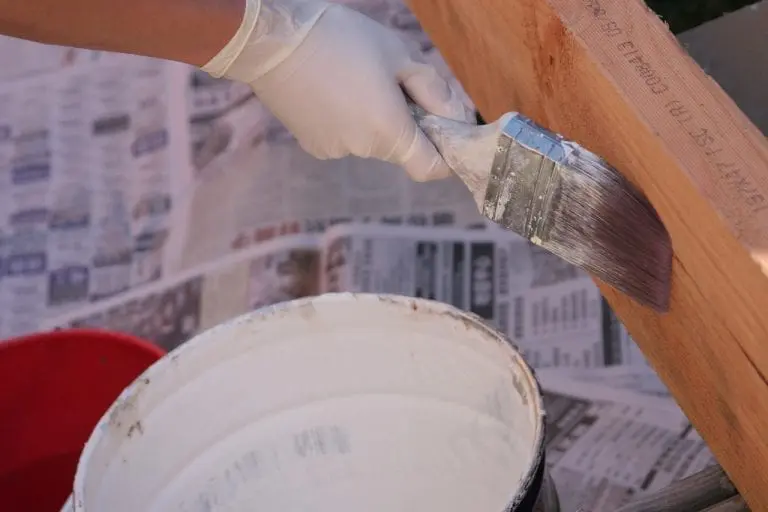What Is a Metal Detector and How Does It Work?

The thrill of unearthing precious metals had sparked the interest of different generations. If you are an enthusiast or a hobbyist in the field of unearthing precious metals, you must have a metal detector that can surely be your tool in finding these metals that are considered valuable. Metal detection activity is also very enjoyable and fun for kids. They will learn the laws of physics by combining learning with the thrill of a treasure hunt. This is a separate topic for the whole article. If you want to learn more on this topic, we recommend reading this article about metal detectors for kids that also list the 5 best detectors suitable for children.
Detecting metals through the use of this tool is made possible once there is the transmission of the electromagnetic field that will energize any objects that are made of metal. The metal that has been energized will retransmit an electromagnetic field of its own. This retransmitted electromagnetic field will be detected and received by the search coil of the metal detector.
The target metal can easily be detected through the frequency of the metal detector. The higher the frequency, which is usually the single frequency, is more sensitive in detecting its small targets as well provides more depth on large targets.
Before you tip your toe in the quest of unearthing valuable metal objects, you must know the basics and the technical know-how in the field of metal detector activity.
Key Concepts
Ground Balance
Everything starts from the ground or the area that has been “identified” to have “possible” metal deposits. You must bear in mind that the ground also contains salts, especially in a location that is wet or in a nearby beach sand. It may also contain “red earth” or fine iron particles. The iron particles and salt may give the same response and transmission as the metal objects, which may mislead you. This is where the ground balance setting comes in, wherein it removes the “ground noise” created by the minerals and thereby making you listen clearly to the target signals.
Metal detectors have different types of settings for the ground balance. It has a manual ground balance setting, automatic ground balance, and the third one is the tracking ground balance. Let us take a look at the functionality of each type of setting of the ground balance.
Types of Setting of ground balance
Manual Ground Balance
You can have the setting of the ground balance to be manually set so that the ground signal can be heard and detected.
Automatic Ground Balance
It is the opposite of the manual operation, for the metal detector itself is the one that makes the necessary adjustment and setting for the appropriate setting of the metal detector. Since it is automatically set, it is considered to be more accurate than setting it manually.
Tracking Ground Balance
This may be considered to be the “ideal setting” for the metal detector is continuously making adjustments during the span of time of detecting. That makes it more effective in removing ground noise and will help you focus on your target signal.
Discrimination
This is a beneficial discrimination for it will save you a lot of time, sweat, and effort in digging. Let us accept that not everything buried underground may be precious metals, for it may just be a piece of junk. With the metal detector’s feature of discrimination, it has the capability of “discriminating” buried objects, whether it is a valuable metal, a scrap, or junk, based on their ferrous properties. The metal detector provides target tones that would indicate the type of material that has been detected. You can immediately assess if there is a need to continue digging on the site or abandon it, for it just contains metal objects that are not valuable or just being considered a piece of junk.
Detection Depth Factors
You have successfully eliminated “ground noise” produced by some minerals and have it discriminated to be a precious metal. The third concern that you will come across is how deep you are going to dig to unearth the precious metals. The first thing that you must consider is the search coil of the metal detector. The larger the search coil, the deeper it can detect.
Of course, numerous contributory factors will determine the depth of the detection. It may either be based on the technological advancement of the equipment or may be triggered by environmental factors. Let us take a glance at the different factors to have a mental picture of how depth you must have in unearthing the buried metal object.
These are the factors that you should consider, such as the target size. The small targets can easily be detected, while the large targets can be detected deeper than the small targets. The shape of the metal object is also a factor to consider for the metal objects with circular shapes such as the like of a ring, or a coin is being detected deeper than the object that has a long thin shape. The orientation or the positioning of the metal object may also be a factor for a horizontal position, or orientation can be detected deeper than the object that is in a vertical orientation. The metal object such as silver which is a highly conductive metal is detected deeper than gold or lead, which is low conductive metal.
Similar Posts:
- None Found









